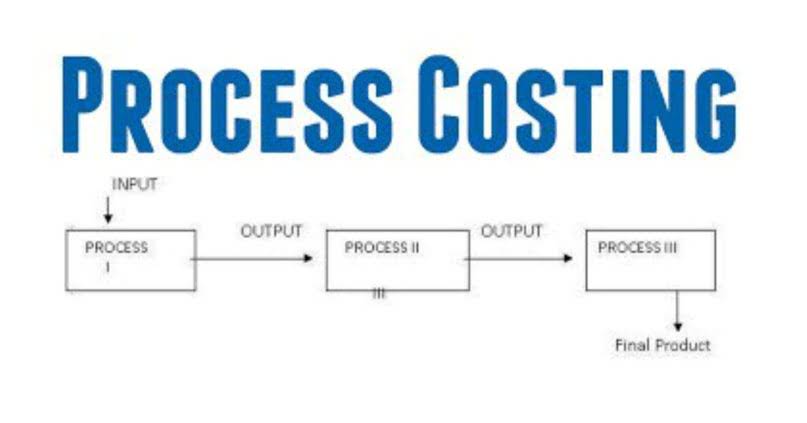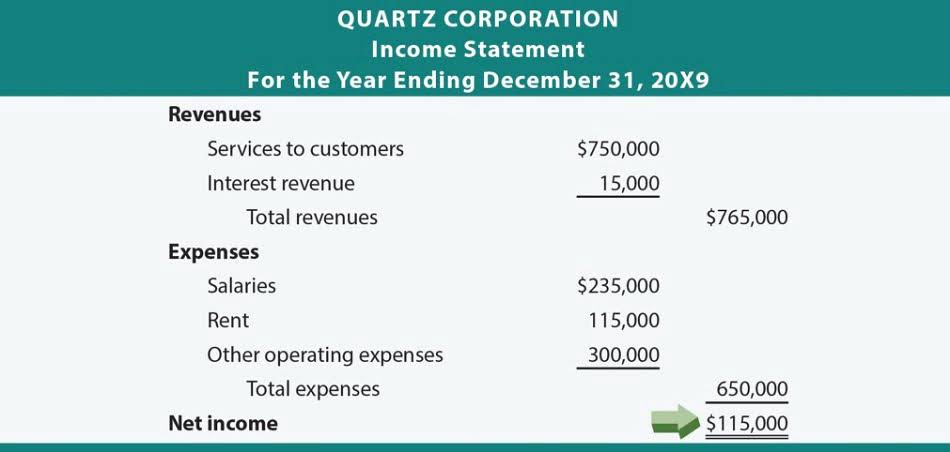Bookkeeping
Owner’s Draw vs Salary: Paying Yourself as a Business Owner

A limited liability company (LLC) can give you the advantage of being an employee, allowing for taxes to be withheld out of your check. If you opt to take an owner’s draw, then you will need to pay the taxes by making payments throughout the year to the IRS. A C-corporation does not allow owners to take a draw from the equity account, although they may be allowed to receive dividends. The IRS also requires them to be paid reasonable compensation if they serve as an officer or an employee. With a partnership, you complete the same withdrawal from the owner’s equity account and record the transaction.

Owner’s draw vs. salary method: Pros and cons of each
Deciding how to pay yourself as a business owner is far more than a personal financial decision—it’s a crucial aspect of your company’s sustainability and long-term success. A salary is contribution margin a fixed, consistent payment made to an individual for services rendered to a business. If you, as a business owner, are also considered an employee of the company, paying yourself a salary may be appropriate. This method is common in S corporations and C corporations, where the IRS requires shareholders who work in the business to receive reasonable compensation. When you start a business, your focus is usually on generating revenue, acquiring customers, and building something sustainable. But as your business begins to grow, one of the most important decisions you must make is how to compensate yourself.
- Most states have requirements in place about how long you can wait between pay periods.
- Embarking on the entrepreneurial journey brings its own set of challenges, with the question of “how to pay yourself as a business owner” being at the forefront.
- If you own an S-corp that’s profitable and has more than enough cash to cover future expenses, it’s also possible to receive compensation by taking distributions.
- As a W-2 employee of your S-corporation, you can schedule yourself a salary at fixed intervals (monthly or bi-weekly).
How to Read the Bench Income Statement From Your Stripe Dashboard
As a sole proprietor, you have to claim all the money you make through your business as personal income, even if only a portion of it goes to personal use. The salary your received as the owner comes to you as a paycheck by direct deposit or other payment method. You can set it up to automatically deduct payroll taxes (just like any other employer) through a payroll tool, like Collective Payroll.
Understanding the tax implications of draws vs. salaries

If you take too large of a draw, your business may not have sufficient capital to operate going forward. If you score high marks on all those categories, feel free to give yourself a slightly higher than normal compensation package. So if your company grew by 50% in the past year and your current salary is $70,000, you’d multiply your salary by 150% and come up with your new salary, which is $105,000 (not bad!). Learn more about Bench, our mission, and the dedicated team behind your financial success. Get free guides, articles, tools and calculators to help you navigate the financial side of your business with ease.
Choose your cookie preferences
Minimize your tax liability and maximize financial stability with a well-devised plan. A well-thought-out tax plan helps you stay financially secure in the long run. As you can see above, your business entity type can play a major role in how you can pay yourself. Here’s a closer look at the implications of using different entity types. 💼 Owner’s Draw – Directly withdrawing Remote Bookkeeping profits from the business, with no immediate tax withholding. As a Business-of-One, you can basically take a distribution whenever you want or need it, as long as it’s proportionally reasonable to the salary paid.
- This allows you to prioritize reinvesting in the business, covering operating expenses, or setting aside emergency funds before paying yourself.
- For instance, if you’re a sole proprietor, you have the option to pay yourself a salary or a consistent draw.
- Choosing between paying yourself via owner’s draw or salary stems out of other choices you make in your business.
- Choosing the right compensation method can have significant implications for your financial health as an owner, and your business’s financial health.
- Similar to a sole proprietorship, a multi-member LLC can pay its members with an owner’s draw.
Owner’s draw vs. Salary method
- If you’re not on payroll (such as with an owner’s draw), you are responsible for the entire 15.3 percent self-employment tax.
- Ensuring the total compensation is reasonable and reflects the owner’s contributions to the business is vital.
- When deciding between an owner’s draw or salary, consider how you want to be taxed and the level of liability protection you need.
- But there’s a compelling case for ensuring you, as the business owner, receive regular compensation.
- To pay S Corp taxes, you could pay estimated quarterly taxes to cover your payroll tax and estimated income tax.
Both sole proprietorships and partnerships require paying self-employment taxes on company-earned profits. The self-employment tax collects Social Security and Medicare contributions from these business owners. If, instead, a salary is paid, the owner receives a W-2 and pays Social Security and Medicare taxes through payroll withholdings. Business owners might opt to use a draw for compensation versus a salary. If you’re a service provider, you’ll work with clients as a 1099 employee, also known as an independent contractor.

S Corporation

If Charlie takes out $100K worth of an owner’s draw, he risks being unable to pay employees’ salaries, fabric costs, and other expenses. If you pay yourself a salary from an LLC or corporation, you’ll receive a W-2 and the business will withhold and pay employment taxes on draw vs salary your behalf. How you pay yourself as a business owner is determined by how your business is structured. Or, if you’re planning ahead, you might structure your business based on how you want to structure payment and taxes. How each method impacts your tax bill will probably determine how you structure your business. Sole proprietors are paid through the owner’s draw method, and S Corp owners are paid through a combination of salary and distributions.
